Affiliate links on Android Authority may earn us a commission. Learn more.
Xiaomi Mi 8 specs: Should OnePlus and others be on the lookout?
Published onJune 2, 2018
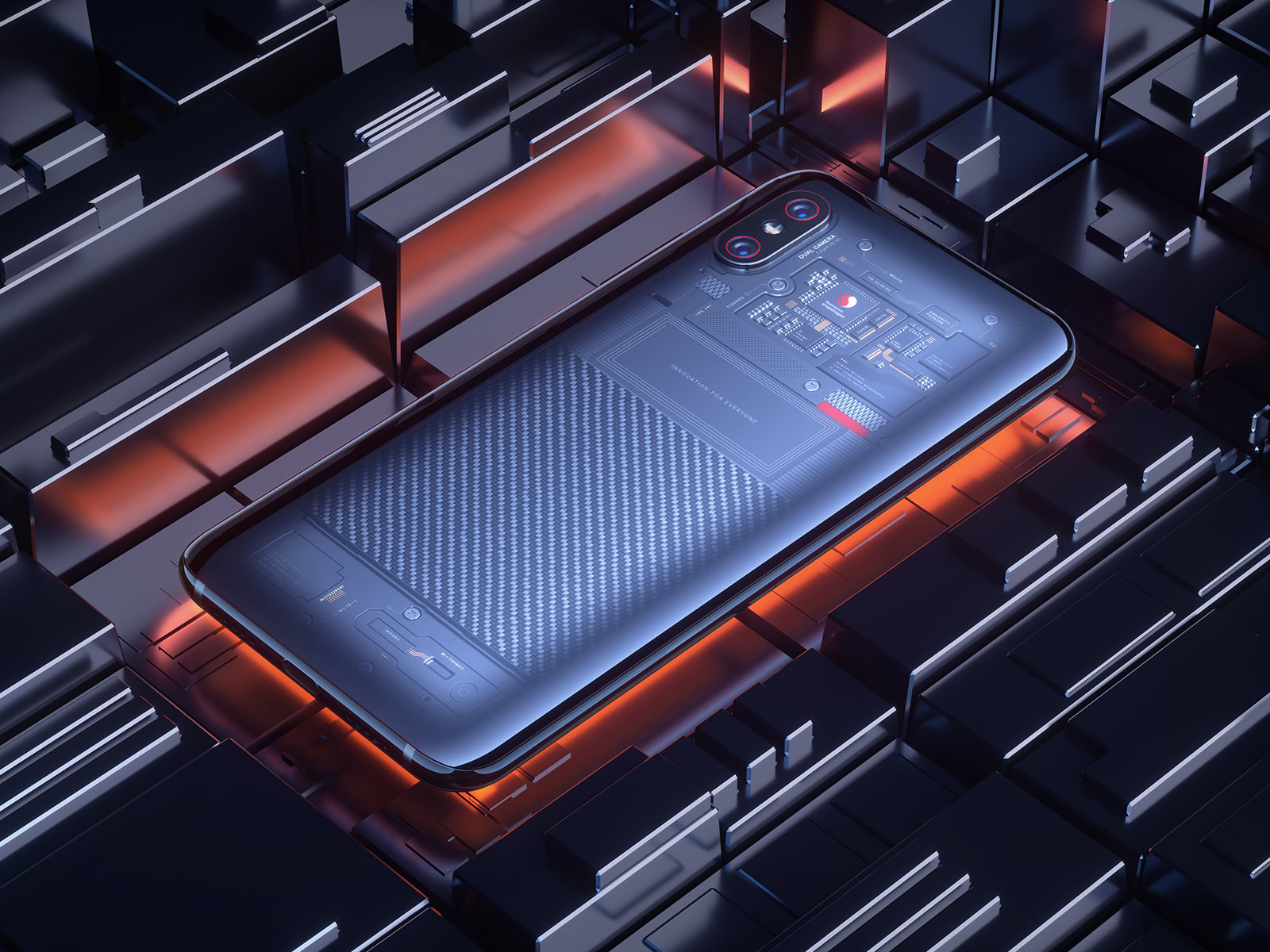
The Xiaomi Mi 8 is finally official, alongside the rather fetching Mi 8 Explorer Edition (seen above) and the cheaper Mi 8 SE phone.
Is the base Mi 8 an underwhelming device? Will the Mi 8 SE have enough grunt for you? Is the Mi 8 Explorer Edition more than just a transparent phone? You can check out the spec table below, for starters.
| Xiaomi Mi 8 | Xiaomi Mi 8 Explorer Edition | Xiaomi Mi 8 SE | |
|---|---|---|---|
Display | Xiaomi Mi 8 6.21-inch AMOLED 2,248 x 1,080 resolution 18.7:9 screen ratio | Xiaomi Mi 8 Explorer Edition 6.21-inch AMOLED 2,248 x 1,080 resolution 18.7:9 screen ratio | Xiaomi Mi 8 SE 5.88-inch AMOLED 2,244 x 1,080 resolution 18.7:9 screen ratio |
SoC | Xiaomi Mi 8 Qualcomm Snapdragon 845 Octa-core, up to 2.8Ghz | Xiaomi Mi 8 Explorer Edition Qualcomm Snapdragon 845 Octa-core, up to 2.8Ghz | Xiaomi Mi 8 SE Qualcomm Snapdragon 710, Octa-core, up to 2.2Ghz |
GPU | Xiaomi Mi 8 Adreno 630 | Xiaomi Mi 8 Explorer Edition Adreno 630 | Xiaomi Mi 8 SE Adreno 616 |
RAM | Xiaomi Mi 8 6GB LPDDR4x | Xiaomi Mi 8 Explorer Edition 8GB LPDDR4X | Xiaomi Mi 8 SE 4/6GB LPDDR4X |
Storage | Xiaomi Mi 8 64/128/256GB UFS | Xiaomi Mi 8 Explorer Edition 128GB UFS | Xiaomi Mi 8 SE 64GB eMMC 5.1 |
Cameras | Xiaomi Mi 8 Rear cameras Main: 12MP with 1.4 micron pixels, 4-axis OIS, f/1.8 aperture Secondary: 12MP telephoto with 1.0 micron pixels, f/2.4 aperture Video: 4K at 30fps, 1080p at 240/120/30fps, 720p at 240/30fps Front camera: 20MP with 1.8 micron pixels, f/2.0 aperture | Xiaomi Mi 8 Explorer Edition Rear cameras Main: 12MP with 1.4 micron pixels, 4-axis OIS, f/1.8 aperture Secondary: 12MP telephoto with 1.0 micron pixels, f/2.4 aperture Video: 4K at 30fps, 1080p at 240/120/30fps, 720p at 240/30fps Front camera: 20MP with 1.8 micron pixels, f/2.0 aperture | Xiaomi Mi 8 SE Rear cameras Main: 12MP with 1.4 micron pixels, f/1.9 aperture Secondary: 5MP telephoto with 1.12 micron pixels, f/2.0 aperture Video: 4K at 30fps, 1080p at 120/30fps, 720p at 240/30fps Front camera: 20MP with pixel binning, f/2.0 aperture |
Audio | Xiaomi Mi 8 Bottom-firing speaker USB Type-C No 3.5mm jack | Xiaomi Mi 8 Explorer Edition Bottom-firing speaker USB Type-C No 3.5mm jack | Xiaomi Mi 8 SE Bottom-firing speaker USB Type-C No 3.5mm jack |
Battery | Xiaomi Mi 8 3,400mAh Non-removable Quick Charge 4+ | Xiaomi Mi 8 Explorer Edition 3,000mAh Non-removable Quick Charge 4+ | Xiaomi Mi 8 SE 3,120mAh Non-removable Quick Charge 3.0 |
Facial recognition | Xiaomi Mi 8 Infrared facial recognition | Xiaomi Mi 8 Explorer Edition 3D facial recognition | Xiaomi Mi 8 SE N/A |
Sensors | Xiaomi Mi 8 Rear fingerprint Hall Accelerometer Gyroscope Proximity Ambient Light Electronic Compass Barometer | Xiaomi Mi 8 Explorer Edition In-display fingerprint Hall Accelerometer Gyroscope Proximity Ambient Light Electronic Compass Barometer | Xiaomi Mi 8 SE Rear fingerprint Hall Accelerometer Gyroscope Proximity Ambient light Electronic compass Infrared |
Network | Xiaomi Mi 8 GSM: B2/B3/B5/B8 CDMA: 1X/EVDO BC0 WCDMA: B1/B2/B4/B5/B8 TD-SCDMA: B34/B39 TD-LTE: B34/B38/B39/B40/B41 (120MHz) FDD-LTE: B1/B2/B3/B4/B5/B7/B8/B12/B17/B20 LTE B41 4 antenna technology supporting 4x4 MIMO | Xiaomi Mi 8 Explorer Edition GSM: B2/B3/B5/B8 CDMA: 1X/EVDO BC0 WCDMA: B1/B2/B4/B5/B8 TD-SCDMA: B34/B39 TD-LTE: B34/B38/B39/B40/B41 (120MHz) FDD-LTE: B1/B2/B3/B4/B5/B7/B8/B12/B17/B20 LTE B41 4 antenna technology supporting 4x4 MIMO | Xiaomi Mi 8 SE GSM: B2/B3/B5/B8 CDMA: 1X/EVDO BC0 WCDMA: B1/B2/B5/B8 TD-SCDMA: B34/B39 TDD-LTE: B34/B38/B39/B40/B41 FDD-LTE: B1/B3/B5/B7/B8 |
Connectivity | Xiaomi Mi 8 Wi-Fi: 2x2 MIMO, 802.11 a/b/g/n/ac, 2.4G/5G Bluetooth 5.0 AptX/AptX-HD support NFC Dual frequency GPS (GPS L1+L5, Galileo E1+E5a, QZSS L1+L5, GLONASS L1, Beidu B1) | Xiaomi Mi 8 Explorer Edition Wi-Fi: 2x2 MIMO, 802.11 a/b/g/n/ac, 2.4G/5G Bluetooth 5.0 AptX/AptX-HD support NFC Dual frequency GPS (GPS L1+L5, Galileo E1+E5a, QZSS L1+L5, GLONASS L1, Beidu B1) | Xiaomi Mi 8 SE Wi-Fi: 2x2 MIMO, 802.11 a/b/g/n/ac, 2.4G/5G Bluetooth 5.0 GPS, AGPS, GLONASS, Beidu, Galileo |
SIM | Xiaomi Mi 8 Dual nano-SIM | Xiaomi Mi 8 Explorer Edition Dual nano-SIM | Xiaomi Mi 8 SE Dual nano-SIM |
Software | Xiaomi Mi 8 Android 8.1 MIUI 10 | Xiaomi Mi 8 Explorer Edition Android 8.1 MIUI 10 | Xiaomi Mi 8 SE Android 8.1 MIUI 10 |
Dimensions and weight | Xiaomi Mi 8 154.9 x 74.8 x 7.6mm 175g | Xiaomi Mi 8 Explorer Edition 154.9 x 74.8 x 7.6mm 177g | Xiaomi Mi 8 SE 147.28 x 73.09 x 7.5mm 164g |
Colors | Xiaomi Mi 8 Blue, Gold, White, Black | Xiaomi Mi 8 Explorer Edition Transparent | Xiaomi Mi 8 SE Red, Blue, Gold, Grey |
The base model and the Mi 8 Explorer Edition have a lot of shared DNA, starting with the power department. You’re looking at the latest Snapdragon 845 processor from Qualcomm, along with 6GB of RAM for the Mi 8 and 8GB of RAM for the Mi 8 Explorer Edition.
The shared specs extend to the camera department, as a 12MP f/1.8 and 12MP f/2.4 telephoto dual-shooter setup are found on both models. Unfortunately, the 4-axis optical image stabilization only applies to the standard camera, so expect some blur and judder when using the secondary camera. A 20MP f/2.0 camera handles selfie duties on both models, but the front-facing shooter also packs large 1.8 micron pixels for better night-time/indoor/nightclub selfies.
How do they differ from one another?
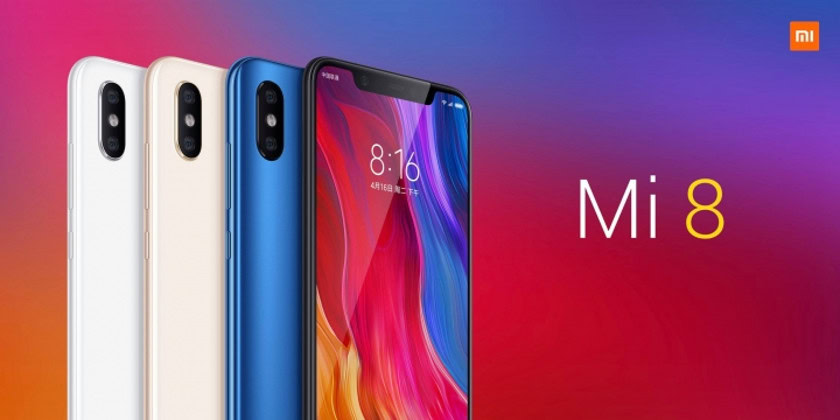
The selfie camera is mounted on a notch; yes, Xiaomi is the latest company to adopt the Essential Phone/iPhone X display cutout. If it’s any consolation, the notch is also being used as a home for facial recognition sensors. The standard Xiaomi Mi 8 makes use of infrared-based facial recognition, while the Explorer Edition uses more advanced 3D structured light facial recognition in the name of better security.
In the storage department, you’ve got 64GB, 128GB and 256GB options for the standard Mi 8, while the Explorer Edition is only available in a 128GB option. So if you want an 8GB RAM/256GB storage version of either phone, you’re out of luck. You’d think Xiaomi would at least make an 8GB/256GB Explorer Edition variant…
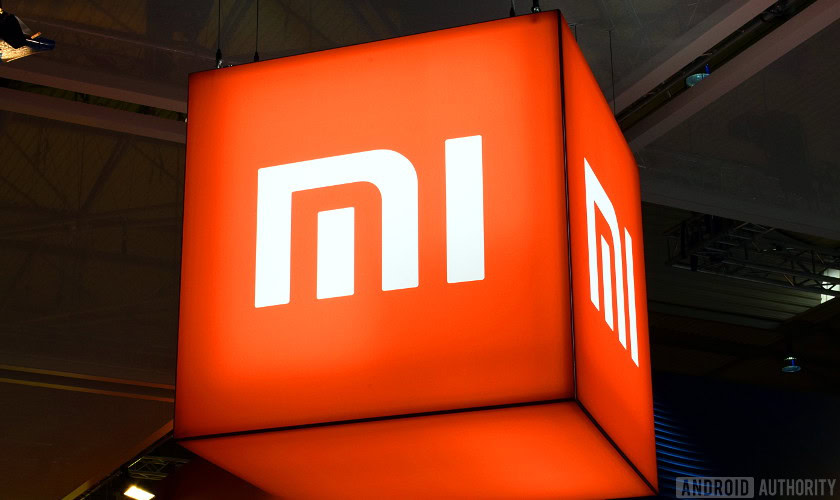
Another noteworthy difference is that the standard Xiaomi Mi 8 actually has a bigger battery (3,400mAh) than the Explorer Edition’s 3,000mAh pack. So if you need to squeeze out a bit more juice, the standard Mi 8 does the better job on paper.
There are two other major differences here, in the fingerprint scanner and design arenas. In the case of the former, the standard Mi 8 offers a rear fingerprint scanner, while the Explorer Edition offers a pressure-sensitive under-display fingerprint scanner.
As for design, the Explorer Edition has a rather cool transparent back, bringing to mind the HTC U12 Plus. Unfortunately, the standard Xiaomi Mi 8 doesn’t get this rear cover, so you’ll have to settle for blue, white, gold or black options.
How does the Xiaomi Mi 8 SE fare?
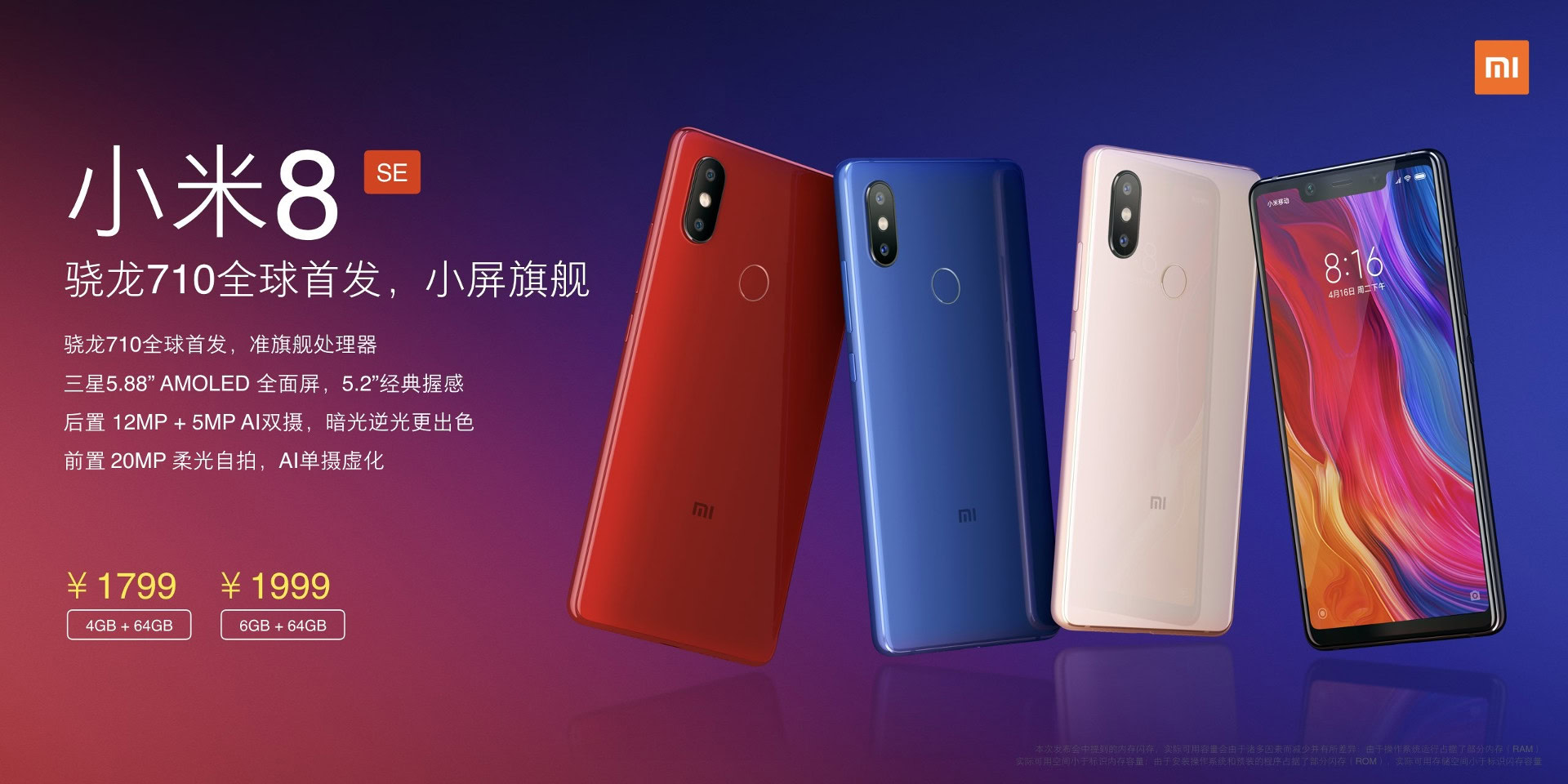
Looking at the spec sheet, the Mi 8 SE seems more like a Mi Note 3.5 than a slightly less powerful Mi 8. There’s a Snapdragon 710 chip in there (the first Snapdragon 710 phone, to boot), 4GB or 6GB of RAM, 64GB of eMMC storage, and a downgraded dual camera setup.
In the case of the latter, you’re looking at a 12MP plus 5MP pairing rather than the 12MP/12MP combo seen on the Mi 8. The 12MP camera also receives a slight aperture downgrade — f/1.9 compared to f/1.8 on the Mi 8. It doesn’t look like the Mi 8 SE gets optical image stabilization, either.
You’ve also got a slightly smaller AMOLED screen (5.88-inches versus 6.21-inches), but it maintains the same resolution as the flagship displays.
There are two other features absent from the Mi 8 SE, in the form of dual frequency GPS navigation and NFC connectivity. So if you must have either function, well, the SE model isn’t for you.
Four missing features from all devices?
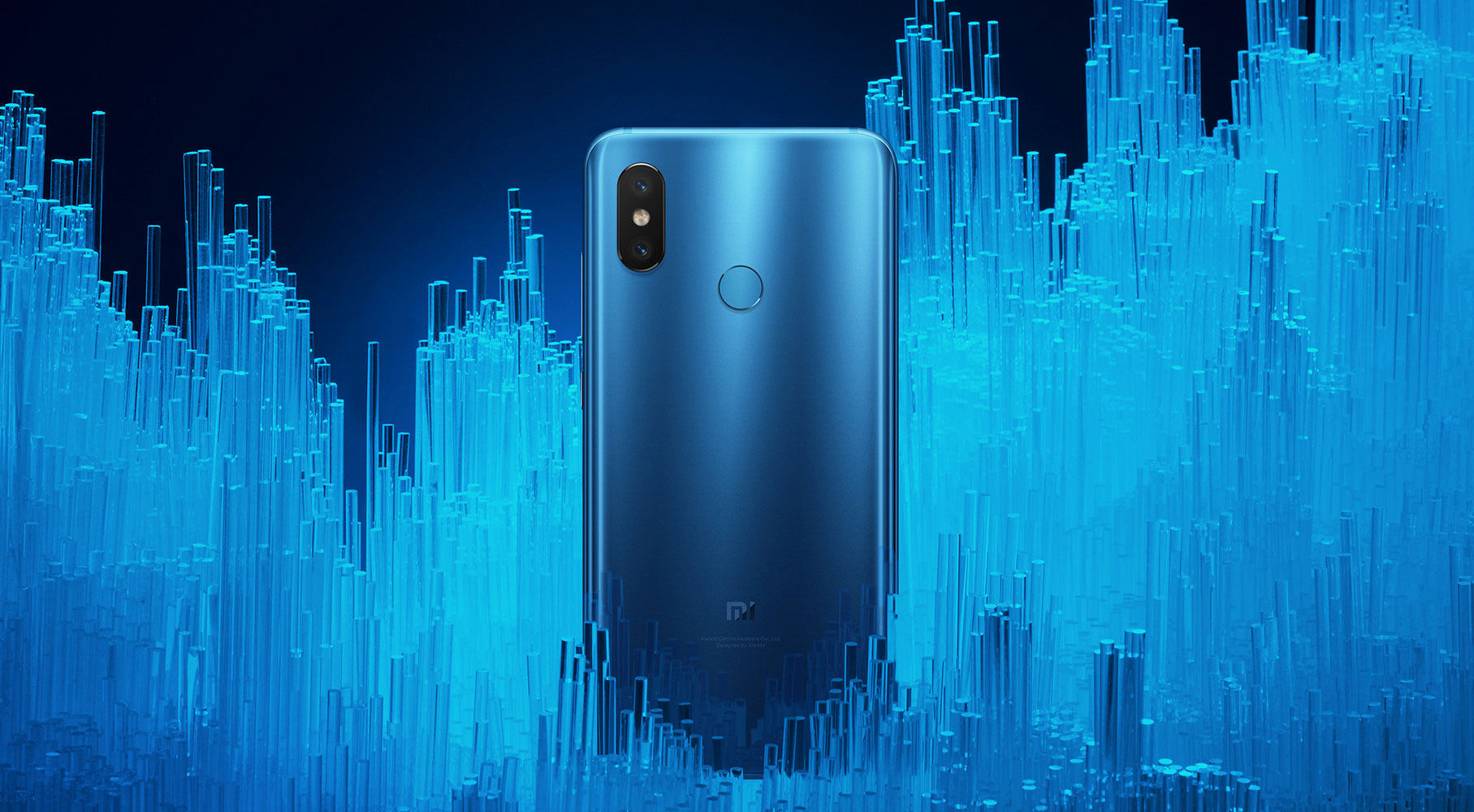
Oddly enough, all three phones are missing a few major features. For one, it seems like none of the models support microSD slots, so no storage expansion here.
Xiaomi has also followed the trend of dropping 3.5mm headphone jacks, as all three phones omit the port. Fortunately, the firm has opted to include a 3.5mm to Type-C adapter with each model. The lack of a headphone jack doesn’t translate to any significant IP rating though, so don’t go swimming with these phones.
Finally, wireless charging is seemingly absent on all three phones (it’s not listed on the official spec sheets), which means you might want to consider the Mi Mix 2S or a rival brand.
The Xiaomi Mi 8 and Mi 8 SE store listings are live in China now. You can check them out via the buttons below.